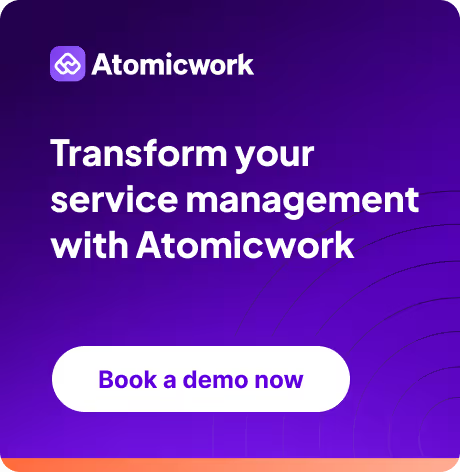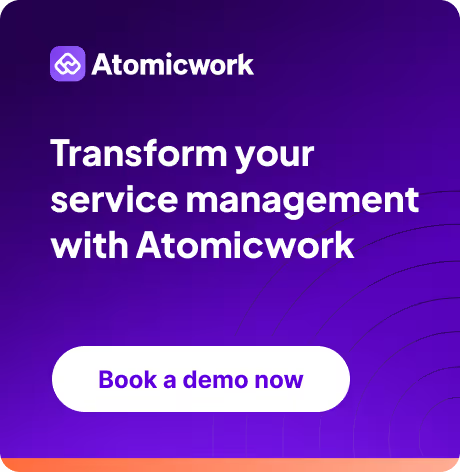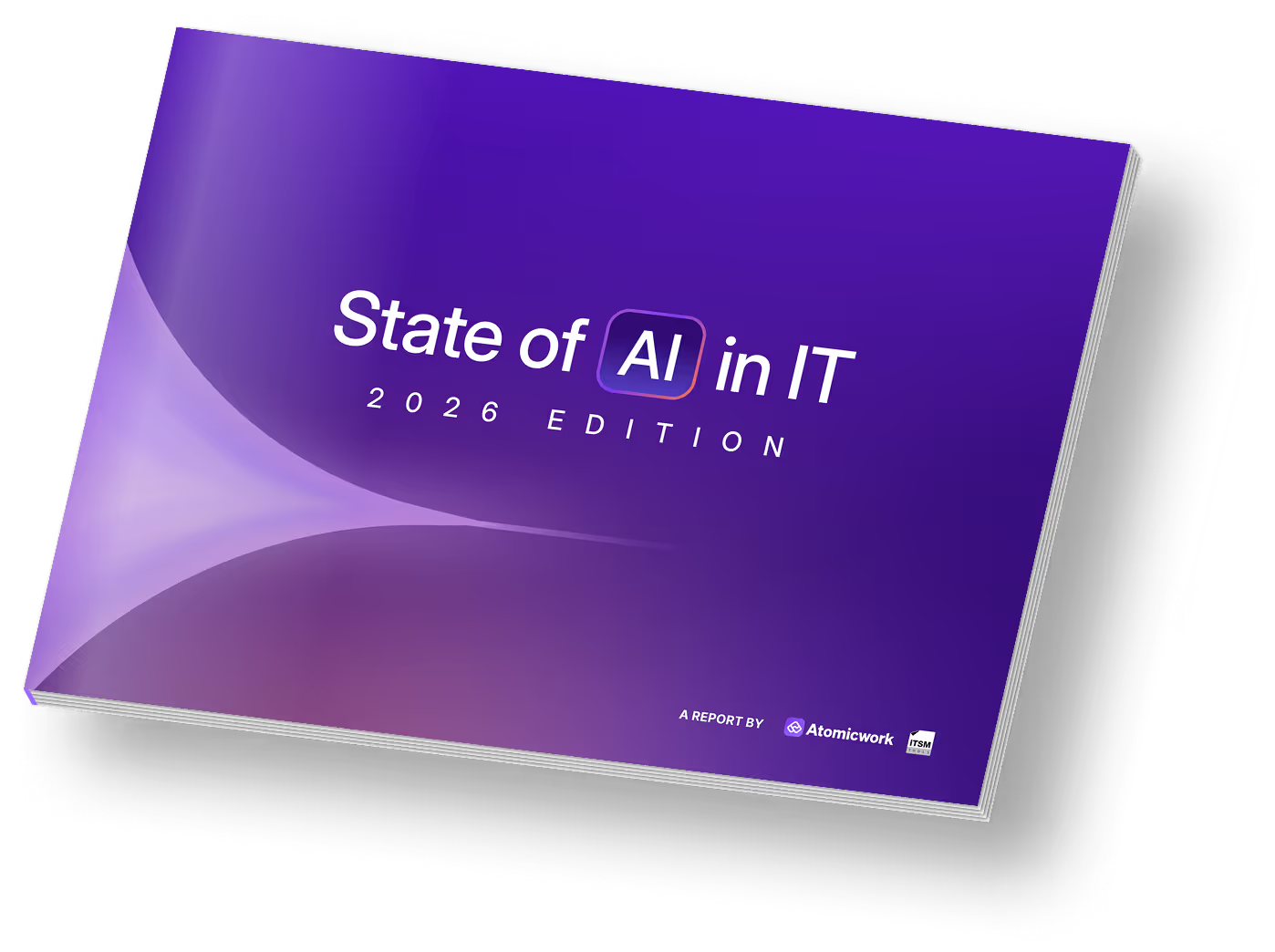How Appsmith onboarded their distributed teams

In a lot of companies, HR is H.R. It’s scary, it’s all about compliance and protocol with a “don’t mess with us” vibe. A team straight out of Dilbert.
This is not how Devin McIntire, Head of People, Culture, and Performance, wants Appsmith’s 120 employees to perceive HR.
Devin’s 18+ years of diverse experience, which includes being a founder, leading NGOs, and creating a global sustainability initiative for a Fortune 500 company, might be the reason why he has such a holistic take on leading a function that employees love to hate.
“The distinction between “People Operations” and HR is a matter of semantics and perspective. A lot of people seem to assume it’s a just rebranding exercise but when you look at where the term came from and talk to those who take it seriously, People Operations is designed to put people first."
"The analogy that I like to use", Devin confided, "is the distinction between “Natural Resources” and “Sustainability”. Managing natural resources is essentially arithmetic - how many trees can we cut down, or how many fish can we catch every year? Whereas managing for sustainability forces you to ask questions about the relationships and dynamics of a system.
People Operations brings a systemic approach to the question of how an organization can best succeed. We recognize that there are people behind every function and we not only focus on individuals, roles, teams, and KPIs but also on the emergent dynamics between them. This is especially important for high-growth startups like ours."
At Appsmith, Devin heads a team of 3 people (including himself) focused on recruitment, employee engagement, and performance. Appsmith is an open-source, low-code software that helps developers build applications radically faster and much better looking than they would otherwise. Since being introduced less than two years ago, Appsmith’s open-source software has more than 10 million downloads, more than 25,000 stars on GitHub, and is used at over 10,000 organizations across 150 countries.
Minimum viable culture
Appsmith, with 120 employees, doesn’t approach engagement and alignment like other fast-growing startups. Of course, they do check off a lot of boxes on the traditional employee engagement checklist - digital escape rooms, coffee chats, swag, engagement surveys, and the like - but their focus is on real employee engagement, aka making sure everyone can feel like they can succeed.
Devin refers to this as “Minimum viable culture.”
“Minimum viable culture is where everyone can feel like they can succeed. It’s where they wake up every day and say, “I’m going to go do my job again because I get to do things I find fulfilling. I get to work with people who value me. Together, we make this ship go faster”.
Critical to this minimum viable culture is making employees feel like their work matters and that they have a growth path, and it all starts with onboarding.
Onboarding, especially day 1, is a big challenge for most organizations, especially distributed companies like Appsmith, because it’s traditionally been very people-oriented. Distributed teams don’t have the advantage of “real world attention” where the new hire is in the same space as their manager or HRBP or IT executive or C-Suite exec, working on paperwork, absorbing subtle company cues, studying the culture, and picking up on personal drivers.
Figuring out the perfect onboarding process that incorporates the company’s values while giving the employee space to get up to speed can be quite tricky. Luckily, Devin has some suggestions on how to go about this.
Do things that scale: give employees a checklist
Onboarding is a checklist on Notion that employees complete at their own pace because, that’s what Appsmith is all about. Respecting their employees’ time and trusting that they will do the work.
By being a bit different and not having Day 1 be the traditional meeting-filled agenda, Appsmith showcases its distributed work culture in action.
All need-to-know information is linked to an item on a Notion board that people can return to whenever they need a link. If someone needs help with an item, they move it to “Need Help” so that the POps specialist knows what to reach out about when they check-in.

Do things that don’t scale: friction points and meetings are necessary evils
Making sure that the organization doesn’t get in the way of our employees is a key part of setting up a minimum viable culture. Appsmith operates on a need-to-have basis for policies because they’re cautious about creating institutional or organizational debt. However, just like their open-source software, it doesn’t mean they’re hands-off. Good culture requires maintenance no matter how many checklists are in place.
Theoretically, a hands-off onboarding process is great, but how do we know if people have correctly understood company policies? How do we know if they’ve absorbed the spirit of Appsmith? As a distributed team, everything depends on this.
This, Devin reckons, is a grey area that runs counter to the instincts of Appsmith’s engineering-dominated team. Engineers are great at efficiency, they’re always happy to reduce friction and cut down on meetings and this is a healthy instinct for a fully remote company. However, if you just put pivotal company procedures out there and say “this is how it is and everyone has to learn it”, you’ve turned People Ops into HR because now you’re focused on compliance and you’ve reduced the company’s ability to be nimble because there’s no feedback happening.
Instead, Devin seeks to maintain healthy friction in areas of performance and employee expectations and he often demands meetings where others might think a document would suffice.
"For example, we have a “flexible and unlimited PTO” policy, but unlimited isn’t true. Otherwise, we’d all be relaxing at the beach right now, laughs. Of course, we’re a fully remote team so anyone can be working from the beach whenever they choose, but when should we turn off our phones, close our laptops and enjoy time off?"
The minimum viable policy approach induces friction here because it means they have lots of employees asking the question “What does flexible PTO mean?”. This is precisely the point that Devin wants to drive home. He wants this question to be asked and he expects the answer to depend on a whole variety of circumstances. The only way Appsmith as a company can fully support the realities of an employee’s life is by maintaining some gray areas in the policies and recognizing that they can’t pre-determine policies to address all the permutations they will encounter from employees in 14 different countries.
"So, the starting answer that Appsmith has documented is that a flexible PTO policy means that you are respectful of your team’s priorities and you work with your manager and colleagues to make a plan for your absence that includes delegation, reprioritization, and expectation setting. In other words, it’s doing what it takes to be a professional.
We wrote a nice long document for this, trying to spell it out in greater detail so that people would understand, with examples - take time off when you or your kid is sick, take time off to restore yourself, take time off to visit your family, and when you do here’s what you need to keep in mind…. The challenge is in our fully remote company, we just don’t know how many people read it or understood the spirit of it, or even understood the importance of taking some time to read it when there are so many other work priorities.
So dammit, we’re going to have some meetings where teams gather and explore matters together. This is how we can ensure that everyone has given themselves at least a bit of dedicated time to engage with the subject, even if they’re also buying shoes online at the same time. Having a shared space and time where gray areas are forcing us to have discussions is also a critical aspect of how we build and maintain our culture."
Devin would much rather have people resolve issues related to management and performance in conversation rather than simply referring to an organizational doc with an unknown half-life, varying comprehension, and differing interpretations. Holding grey space and inviting some friction around Appsmith’s policies and procedures allows them to surface important discussions and honor the nuances of their employee’s realities.
Does this scale? Perhaps not if you’re running a human resources department, but if you’re building a minimum viable culture designed to help employees thrive, your culture just might be your company’s best chance to scale.
Frequently asked questions

Faq answer paragraph

Faq answer paragraph

Faq answer paragraph

Faq answer paragraph

Faq answer paragraph

Faq answer paragraph

Faq answer paragraph

Faq answer paragraph

Faq answer paragraph

Faq answer paragraph
You may also like...


































